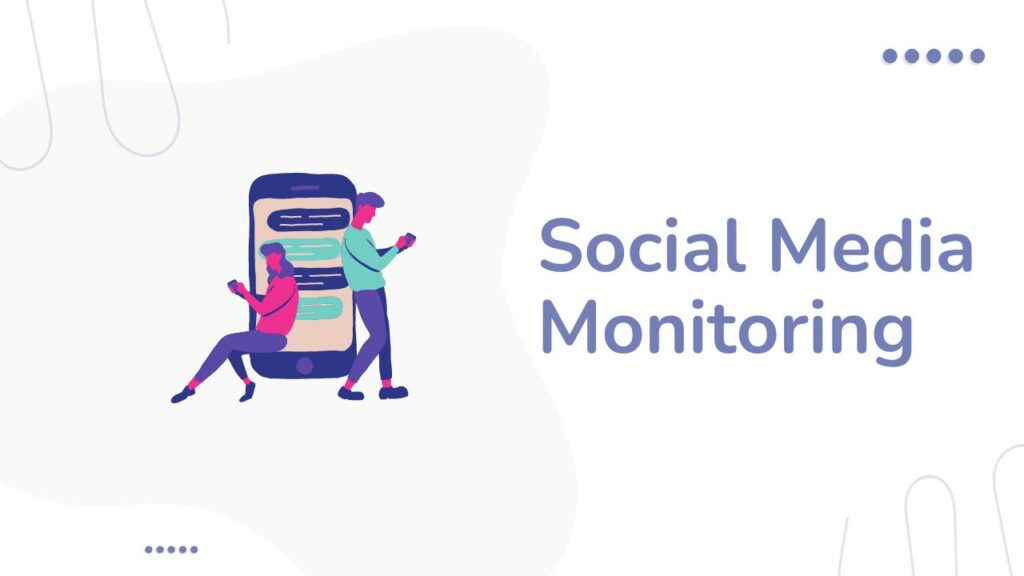In today’s competitive market, understanding customer needs and preferences is crucial for businesses to thrive. One of the most effective ways to gain this understanding is through customer feedback. Gathering and acting on these data provides valuable insights that can drive product improvements, enhance customer satisfaction, and ultimately lead to business growth.
Why Customer Feedback Matters
- Product Improvement: Customer feedback helps identify strengths and weaknesses in your products or services. By listening to what customers like or dislike, businesses can make informed decisions about product enhancements or modifications.
- Customer Satisfaction: Regularly collecting feedback shows customers that their opinions are valued. This can significantly boost customer satisfaction and loyalty, as they feel heard and appreciated.

- Innovation: Feedback can reveal unmet needs or new market trends. This information is invaluable for innovation, allowing companies to stay ahead of the competition by developing new products or features that address these needs.
- Reputation Management: Responding to feedback, especially negative comments, can help manage your brand’s reputation. Addressing issues promptly and effectively demonstrates a commitment to customer service and can turn dissatisfied customers into loyal advocates.
- Employee Performance: Feedback often highlights the performance of customer-facing employees. This can be used to recognize excellent service or identify areas where additional training might be needed.
How to Gather Customer Feedback
- Surveys and Questionnaires: These are direct methods to collect structured feedback. Surveys can be sent via email, social media, or embedded in your website.
- Social Media Monitoring: Customers often share their opinions on social media. Monitoring these platforms can provide real-time insights into customer sentiment and trends.

- Customer Reviews and Ratings: Online reviews on platforms like Google, Yelp, and Amazon can provide honest and detailed feedback about your products and services.
- Focus Groups: Engaging small groups of customers in discussions can provide in-depth qualitative insights that are not possible through surveys or reviews.
- Customer Service Interactions: Analyzing interactions with customer service teams can highlight common issues or areas of excellence.
Acting on Customer Feedback
- Analyze Feedback: Collect and categorize feedback to identify common themes and actionable insights. Use data analytics tools to process large volumes of feedback efficiently.
- Prioritize Actions: Not all feedback will be actionable immediately. Prioritize changes based on the impact on customer satisfaction and business goals.
- Communicate Changes: Inform customers about the changes made based on their feedback. This demonstrates that you value their input and are committed to improving their experience.

- Train Employees: Use feedback to train and develop employees, particularly in areas related to customer service and interaction.
- Monitor Results: After implementing changes, continue to collect feedback to assess whether the actions taken have resolved the issues and improved customer satisfaction.
Customer feedback is a powerful tool for gathering insights and driving business improvements. By systematically collecting, analyzing, and acting on feedback, businesses can enhance their products, improve customer satisfaction, and foster innovation.
This proactive approach not only builds stronger relationships with customers but also positions the business for long-term success in a competitive market.


